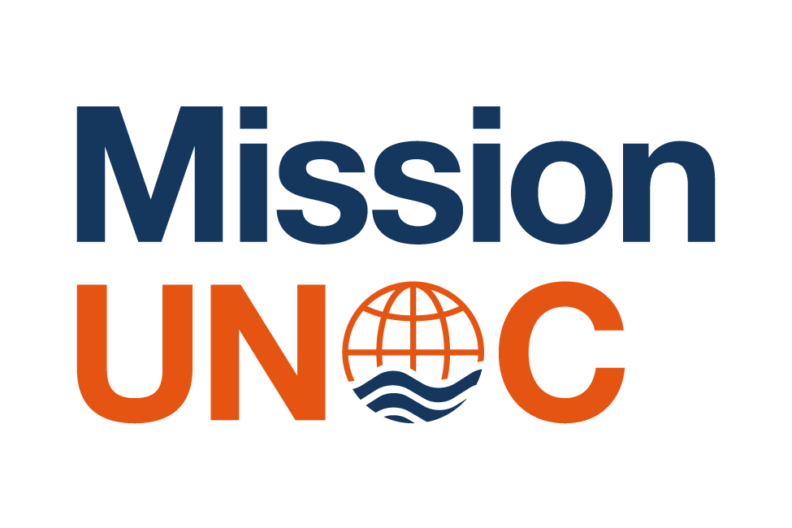Mission Microbiomes
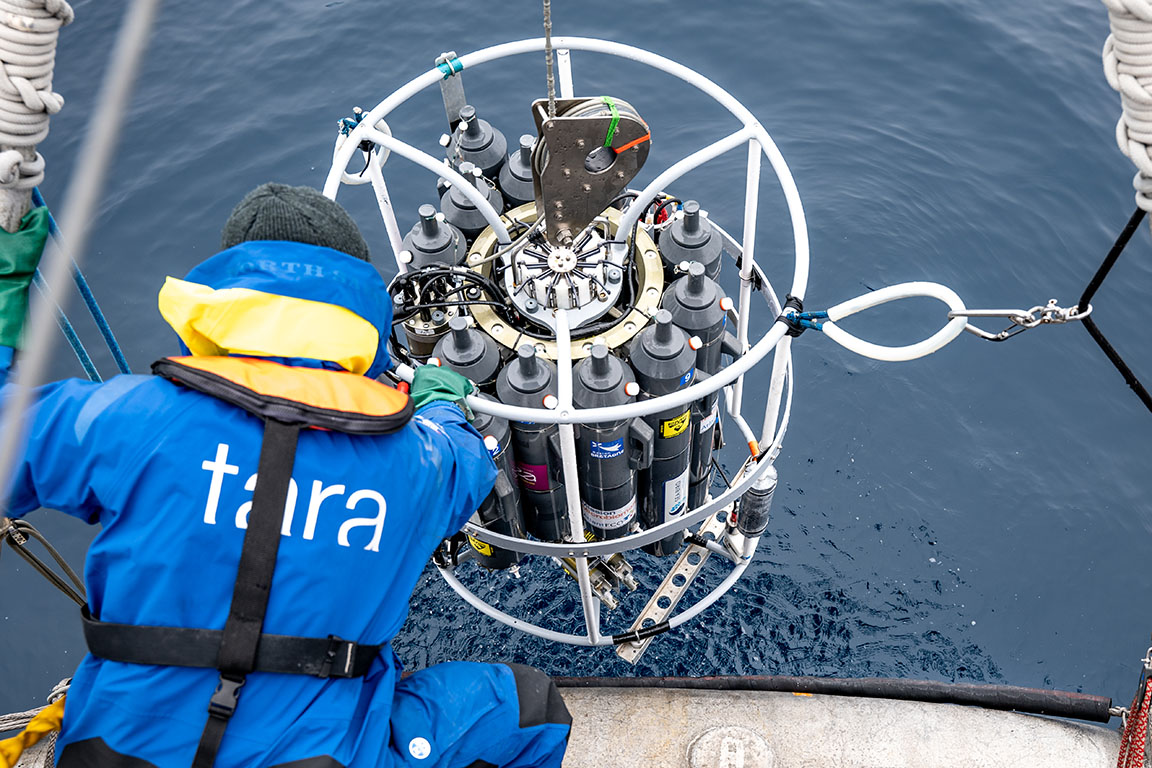
October 21, 2022
Giving a voice to the invisible majority of the Ocean: the marine microbiome
The marine microbiome, key to life on Earth What is a microbiome? Until recently, some researchers referred to microbiome as the living environment of microorganisms1; others, as their genome. Then, in June 2020, dozens of specialists worldwide finally published a clear definition: a microbiome is a microbial community evolving within a well-defined habitat. The term
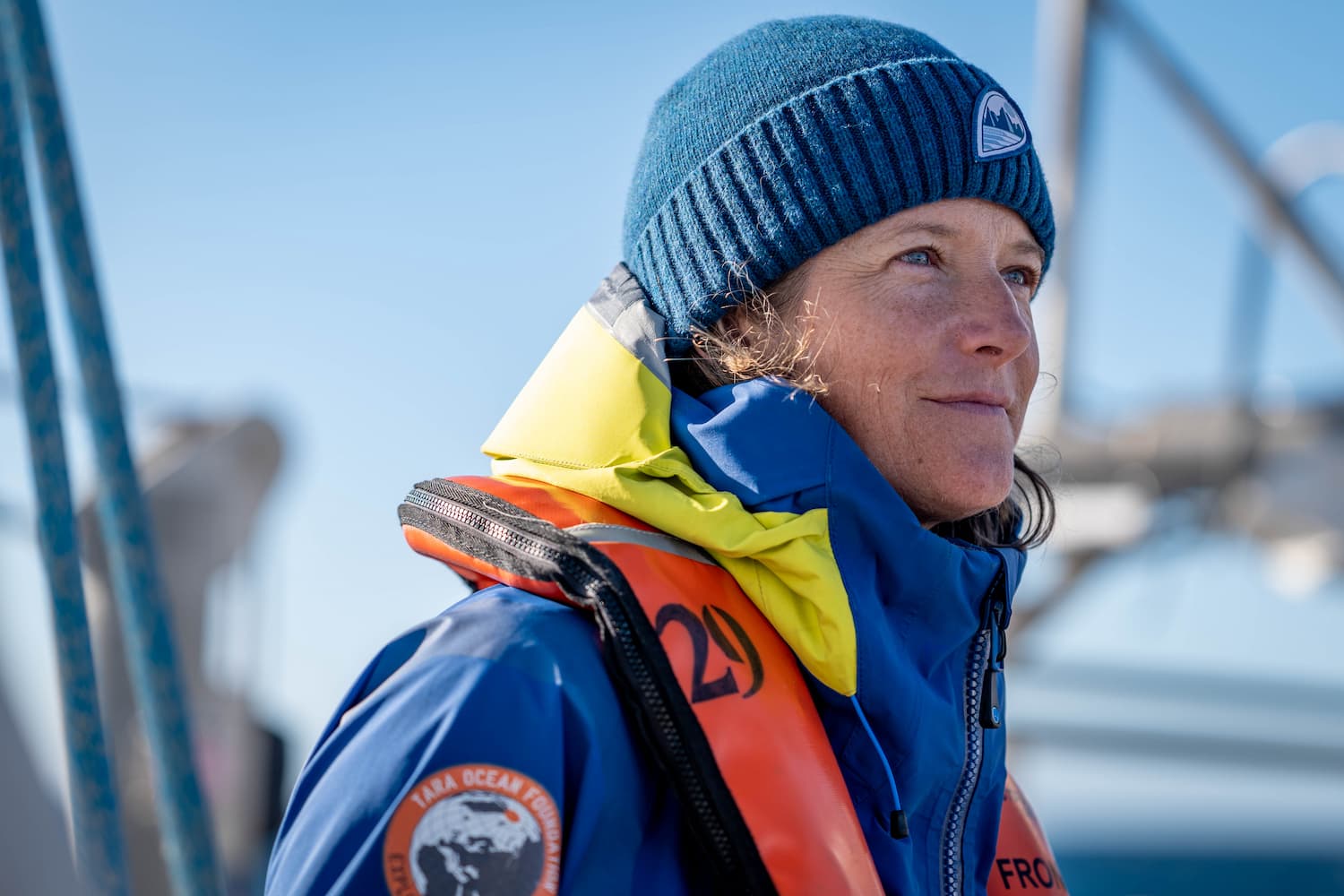
August 30, 2022
Upwelling phenomenon in the Benguela Current with Emma Rocke, lead scientist aboard the schooner Tara
Her journey to become a researcher A childhood in harmony with nature Emma grew up in the Canadian countryside, close to a lake where she spent most of her free time exploring local wildlife. From a very young age she cared about her environment. Due to the lack of implementation of local policies and overpopulation, the water

August 29, 2022
At the heart of dynamic ocean structures: portrait of Rémi Laxenaire, lead scientist aboard the schooner Tara
His journey to become a researcher Discovering the Ocean on the Reunion Island Having grown up on Reunion Island, Rémi has had a special connection with the Ocean since his childhood. Through his scuba dives and sailing trips, he discovered and explored the Western Indian Ocean basin. These experiences confirmed his desire to orient his
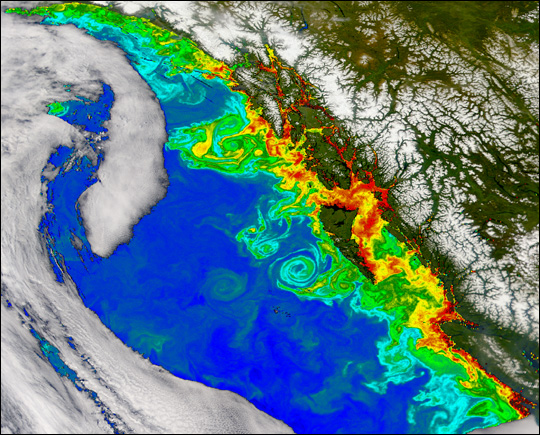
July 6, 2022
Is it possible to highlight a change within plankton communities due to ocean eddies?
Ocean circulation Connecting 2 continents by sailing near the Roaring 40s and the Furious 50s (*1) is a true maritime adventure that requires facing raging elements: high winds, gigantic waves and very cold temperatures. These areas are also characterized by strong currents separating ocean regions with very different hydrographic properties. This illustrates the key role

June 29, 2022
Looking for a coccolithophore bloom off Argentina by Flora Vincent
Her journey to become a researcher A childhood in contact with the Ocean Flora was born in the south of France. She spent a lot of time during school holidays discovering the Mediterranean Sea. At the age of 8, she became passionate about scuba diving and something clicked: “I could spend hours underwater looking at fish,

February 24, 2022
Why is scientific research essential in Antarctica?
Discovering the Antarctic continent 1- Geography and climate What is the surface area of Antarctica? More than 98% of this continent is covered with ice. In this area of the globe, different types of ice coexist: the ice cap and sea ice. The ice cap is a freshwater glacier (resulting from long-term accumulation of continental snow) covering an
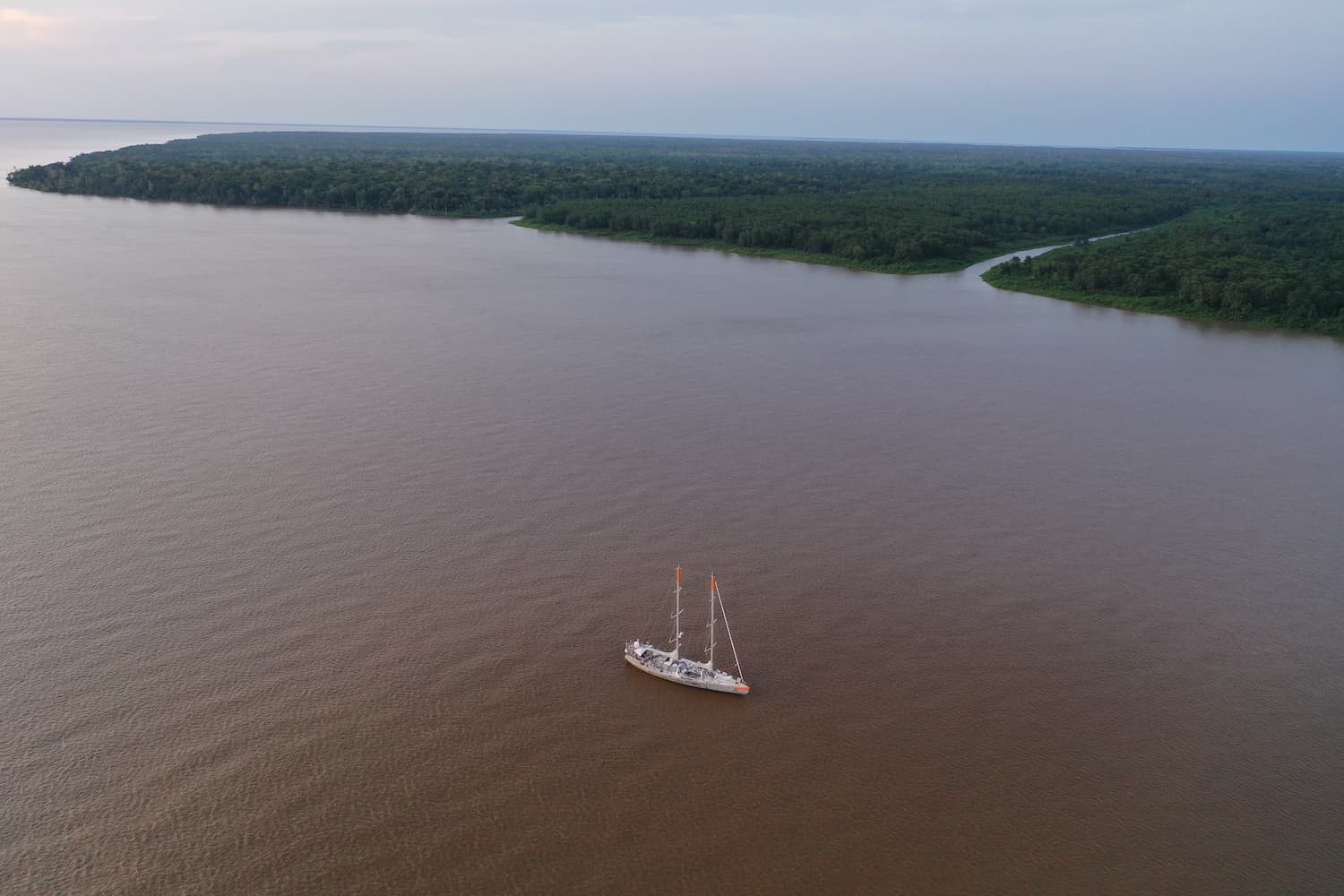
February 10, 2022
Microbiome mission: Tara studies the Brazilian coasts
Ecosystems are rich in biodiversity off the coast of Brazil The Brazilian coasts are characterized by the presence of strong ocean currents. These currents ensure an extended mixing of the Amazon waters in the Atlantic Ocean that influences marine life. The first stage of the mission was to study the Amazon plume. The Amazon plume: 2
